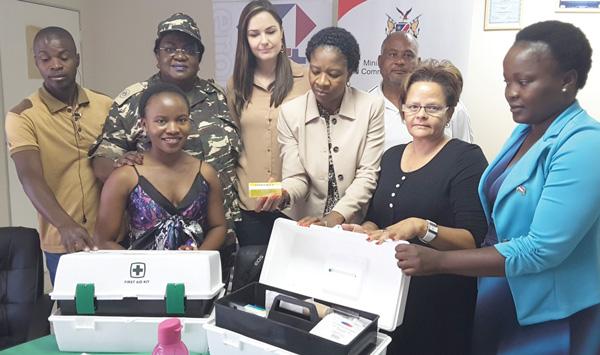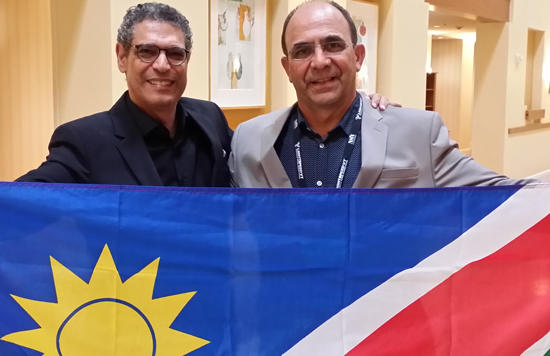
Regulator ups bulk electricity tariffs by 8.97%

The Electricity Control Board (ECB) on Friday announced an approved average bulk tariff increase of 8.97% for the financial period 2023/2024.
Bulk tariff purchases will increase from the current N$1.8222 to N$1.9856 per kilowatt hour (kWh), ECB Chief Executive, Robert Kahimise said at the announcement.
According to Kahimise, in reviewing the tariff, the regulator considered several factors, including the impact of the tariffs on the electricity supply industry, consumers, and the economy at large, in particular, the current economic climate was considered.
“The ECB is cognisant that prices of goods and services have been increasing, and this is negatively affecting consumers,” he said, adding that future tariffs are expected to increase in line with inflation and to cater to the new generation as per the National Integrated Resource Plan.
Kahimise said over the years the tariff included an amount for Long Run Marginal Cost.
“The Long Run Marginal Cost is intended to ensure a smooth tariff path for the future, especially when NamPower is experiencing cash flow challenges due to expensive power supply options or building new power plants. This means that the Long Run Marginal Cost funds may be used to cushion customers from unexpected tariff hikes or in situations where the economy is depressed and or to build new power plants that will ensure an affordable projected tariff path. The Long Run Marginal Cost fund has been used to finance the NamPower Omburu Solar PV plant of 20MW, which at N$ 0.2270 c/kWh, is the cheapest generation source of electricity in Namibia,” he added.
According to Kahimise, to mitigate the impact of the NamPower high tariff for 2023/2024, an amount of N$200 million is made available from the Long Run Marginal Cost (LRMC) fund to provide relief to all customers and is allowed as part of the energy revenue requirement of NamPower. The amount will only be used to cover costs related to energy imports, fuel for Van Eck and Anixas, and or cover part of the prior approved under-recovery cost.
“Considering the current depressed economic situation, no provision was made for the recovery of the LRMC as part of the NamPower tariff for the period 2023/2024. The ECB will in future consider reinstating the recovery of the LRMC to cushion future electricity price shocks,” he noted.
Kahimise said the approved tariff will apply to NamPower bulk customers that include, regional energy distributors, local authorities, regional councils, and mines.
“All distribution licensees will individually apply to the ECB for a review of their distribution tariffs, which when approved will apply to end consumers effective 1 July,” he added.
Meanwhile, the electricity regulator said for the period 2023/2024, it is forecasted that the national demand will be met by 59% by regional imports and 41% by local generation.
“The Ruacana Hydro Power Plant is the main source of our local generation. However, it has performed below average over the years, due to the low water flow of Kunene River,” he said, adding that electricity that was not generated at Ruacana as anticipated during the previous period was replaced by imports at a higher cost, which leads to a higher tariff under-recovery.
“The Ministry of Mines and Energy and relevant GRN stakeholders will soon engage our Angolan counterparts to discuss the matter of low water flow of the Kunene River to ensure that Ruacana Hydro Power Plant is optimised and effectively used to the benefit of all electricity consumers in Namibia,” he noted.
In complementing local generation, Kahimise said NamPower is implementing several electricity generation projects of which two, the Anixas II (50 MW, April 2024 ) and the Khan Solar PV (20 MW, 3rd quarter of 2024), are expected to be commissioned during 2024.
Currently, the Southern African region continues to experience a substantial shortage of electricity which is putting pressure on electricity supply and tariffs not only in Namibia but in all the countries in the SADC Region, he concluded.












































